Impact of Prolonged Cardiopulmonary Bypass on Gastrointestinal Complications in Cardiac Surgery: A Retrospective Cohort Study
This retrospective cohort study assessed the effect of prolonged cardiopulmonary bypass (CPB ≥ 120 minutes) on gastrointestinal complications (GICs) after cardiac surgery. Analyzing 1,444 patients and using propensity score matching, the study found a significantly higher rate of GICs in the prolonged CPB group. Key risk factors included hypertension, lower left ventricular ejection fraction (LVEF), and undergoing aortic surgery.










